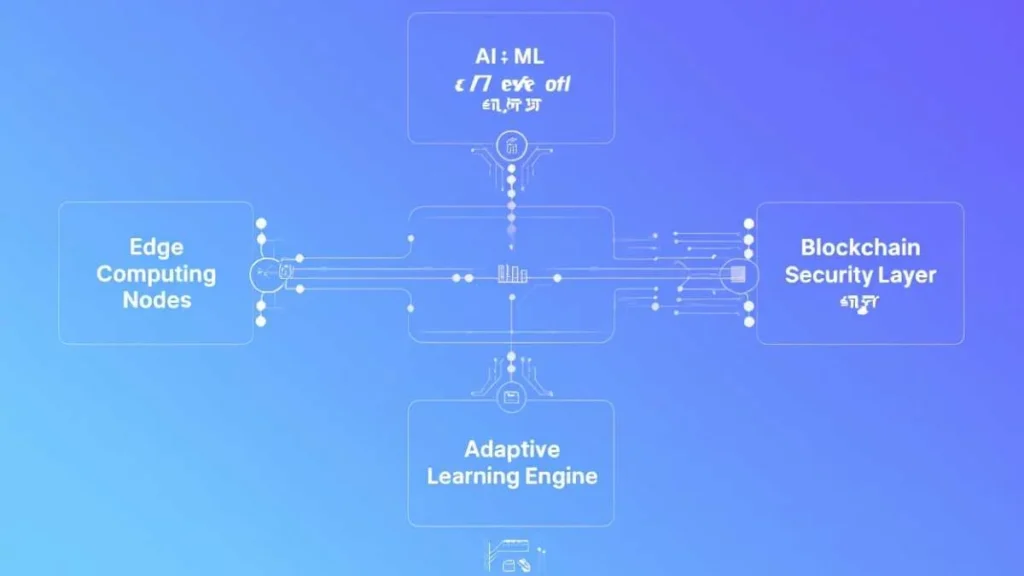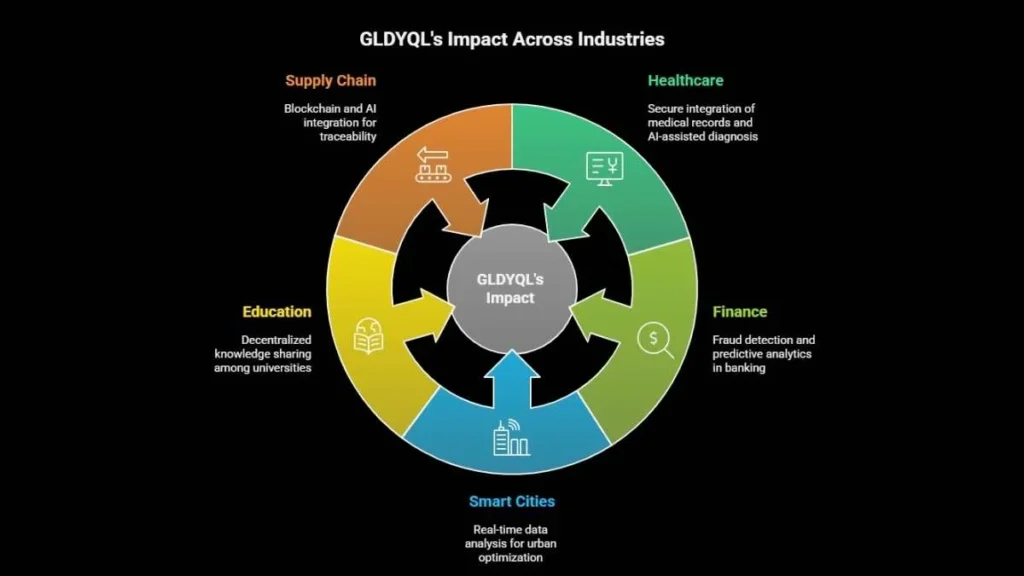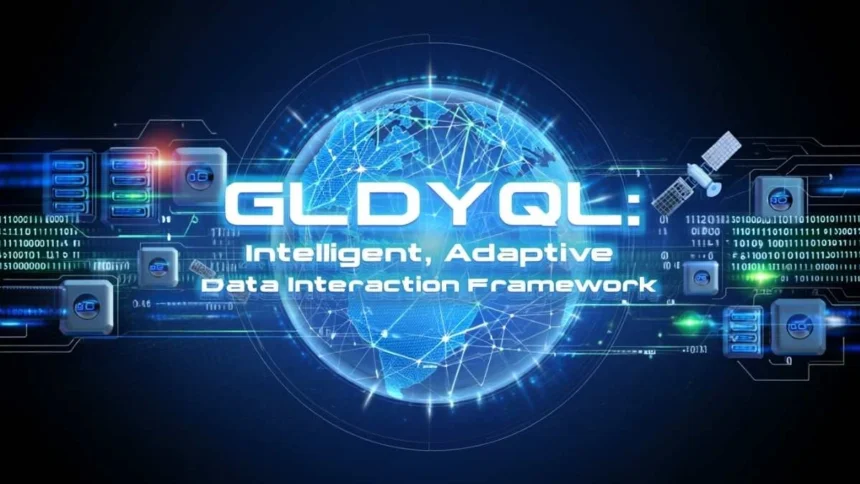GLDYQL is a revolutionary data interaction framework that redefines how modern systems retrieve, process, and utilize information. Unlike conventional query languages, GLDYQL integrates advanced artificial intelligence (AI), machine learning (ML), edge computing, and blockchain technology to create a highly intelligent, adaptive, and secure data environment. By merging these cutting-edge technologies, it transforms data querying from static syntax-driven commands into dynamic, learning-driven interactions.
At its core, it is designed to understand contextual intent, predict user needs, and optimize information retrieval in real time. It bridges the gap between human communication and machine understanding, offering a self-improving global data ecosystem. With applications across healthcare, finance, smart cities, and research, GLDYQL is quickly becoming the benchmark for intelligent data systems, enabling organizations to harness data more effectively while ensuring privacy, security, and operational efficiency.
The Evolution of Data Query Languages
Traditional systems like SQL or NoSQL have provided reliable structures for decades. However, they remain static, syntax-dependent, and limited in adaptability. They cannot learn from past interactions, predict future queries, or analyze context efficiently.
The rise of AI-driven data systems highlighted the need for a language capable of semantic understanding and autonomous learning. It emerged to fill this void, combining computational intelligence and decentralized data management. Unlike legacy languages, it interprets user intent, adapts to evolving datasets, and continuously refines its performance, marking a significant step forward in intelligent data interaction.
Understanding GLDYQL
GLDYQL (Global Learning-Driven Query Language) is a next-generation query framework designed to help systems interact with data intelligently and contextually. It functions as both a query language and a self-learning engine, capable of interpreting natural language, predicting user intent, and adapting over time.

Often described as an AI-powered query framework, an intelligent data interaction system, or an adaptive learning-driven database tool, it seamlessly blends semantic understanding and computational intelligence. This integration allows it to operate as a next-generation information retrieval framework that is context-aware, predictive, and globally interoperable. By transforming isolated datasets into a dynamic, collaborative knowledge network, GLDYQL enables organizations to derive deeper insights, make faster decisions, and build an ecosystem where data continuously learns, evolves, and delivers greater value over time.
Core Technologies Behind GLDYQL
Artificial Intelligence and Machine Learning
GLDYQL embeds AI and ML directly into its architecture. This enables the system to:
- Interpret natural language queries precisely.
- Predict user intent based on prior interactions.
- Optimize data retrieval for speed and relevance.
- Learn from every interaction to improve future performance.
This self-evolving mechanism makes GLDYQL more than a query tool—it becomes a learning-driven data assistant.
Edge Computing Integration
Processing large datasets centrally can cause latency and bandwidth issues. It leverages edge computing to process data closer to its source.
Benefits include:
- Faster real-time analytics.
- Reduced network congestion and latency.
- Distributed intelligence for resilient operations.
This design ensures high performance even in low-connectivity environments, essential for IoT and smart city applications.
Blockchain-Powered Security
Data integrity is critical. GLDYQL uses blockchain to guarantee:
- Immutable query logs.
- Transparent and auditable transactions.
- Decentralized authentication for secure access.
Every interaction within it is tamper-proof, promoting trust and compliance with global data standards.
Adaptive Learning Framework
It continuously evolves through adaptive neural networks, improving query efficiency and accuracy over time. Key features include:
- Automatic optimization of query paths.
- Predictive data pre-fetching.
- Dynamic learning from user behaviors and system patterns.
This ensures a predictive, context-aware query system, offering intelligence beyond simple retrieval.
Advantages of GLDYQL Over Traditional Systems
| Feature | GLDYQL | Traditional Query Languages |
| Contextual Understanding | Semantic interpretation | Syntax-dependent |
| Predictive Capability | Learns and predicts queries | Static retrieval |
| Data Security | Blockchain-integrated | Relies on external security |
| Scalability | Edge-enabled, distributed | Centralized bottlenecks |
| Autonomous Optimization | Continuous learning | Requires manual tuning |
Applications Across Industries
Healthcare
It enables secure integration of medical records, enhances AI-assisted diagnosis, and supports collaborative research across institutions without compromising patient privacy.
Finance
Banks and financial institutions use GLDYQL for fraud detection, predictive analytics, and regulatory compliance, improving efficiency and risk management.
Smart Cities and IoT
Real-time data analysis from distributed sensors enables traffic optimization, energy management, and urban planning, facilitated by GLDYQL’s edge computing capabilities.
Education and Research
Global universities benefit from secure, decentralized knowledge sharing, allowing researchers to query large datasets collaboratively.
Supply Chain Management
Blockchain and AI integration ensure end-to-end visibility, traceability, and fraud reduction in logistics networks.

FAQs
Q1: Can GLDYQL integrate with existing SQL or NoSQL databases?
Yes, it can operate alongside traditional databases, enhancing them with AI-driven learning and predictive analytics.
Q2: Is GLDYQL suitable for small businesses or only large enterprises?
GLDYQL is scalable and adaptable, making it suitable for organizations of all sizes seeking smarter data interaction.
Q3: How does GLDYQL handle real-time data from IoT devices?
It uses edge computing to process and analyze data locally, ensuring low latency and real-time insights.
Conclusion
GLDYQL represents a monumental shift in data interaction, transforming static querying into an intelligent, learning-driven experience. By integrating AI, ML, edge computing, and blockchain, it enables systems to understand, predict, and optimize data utilization with unprecedented efficiency and security.
Organizations leveraging GLDYQL benefit from contextual insights, predictive analytics, and robust data integrity, empowering decision-making across industries from healthcare to finance. Beyond technology, GLDYQL sets a new standard for intelligent data ecosystems, fostering interoperability, privacy, and continuous improvement. As data volumes grow globally, GLDYQL is poised to redefine how humans and machines interact with information, making it the query language of the future.








